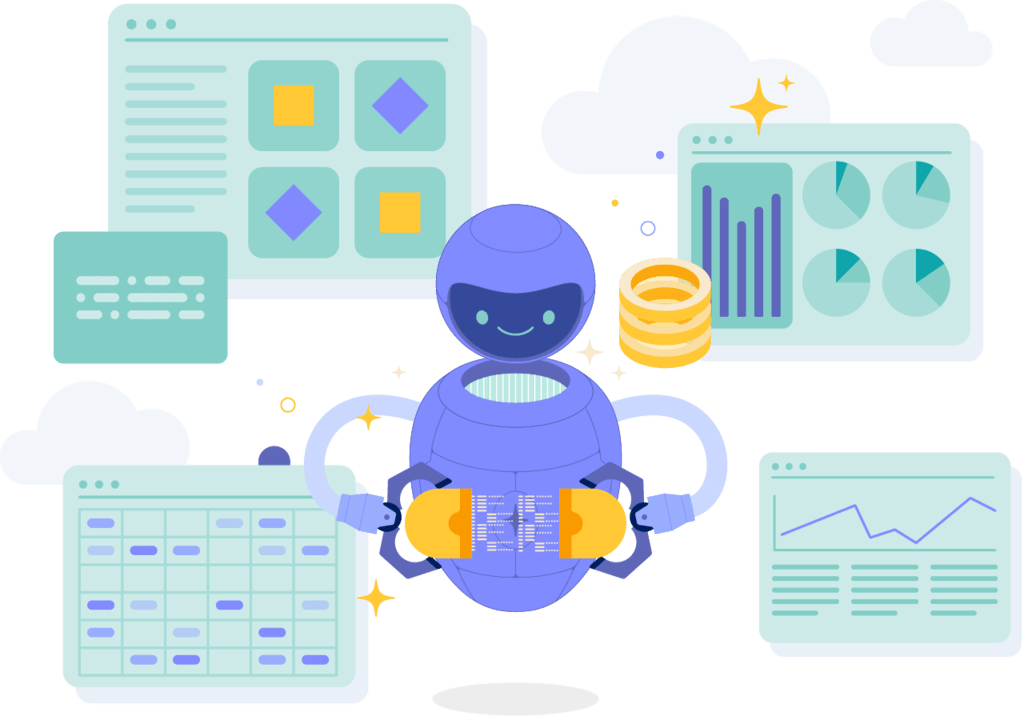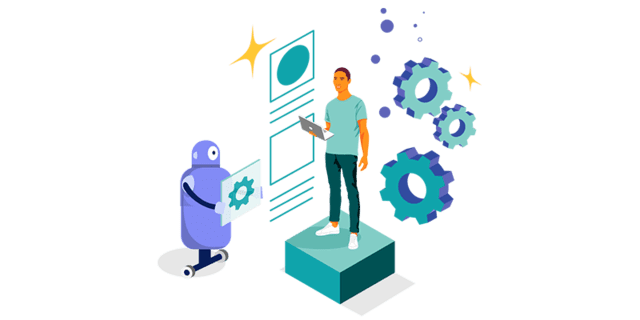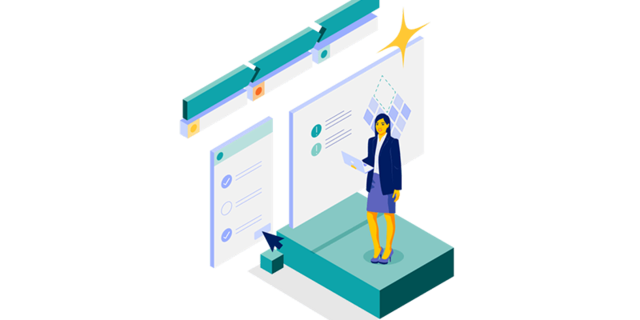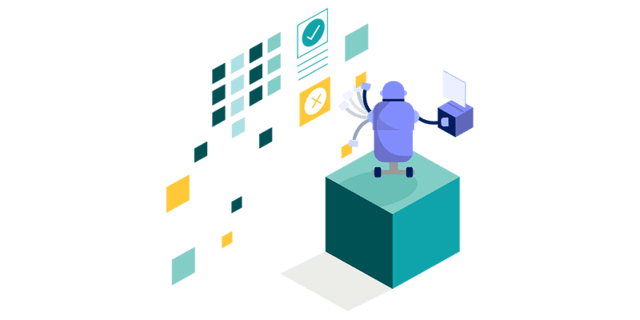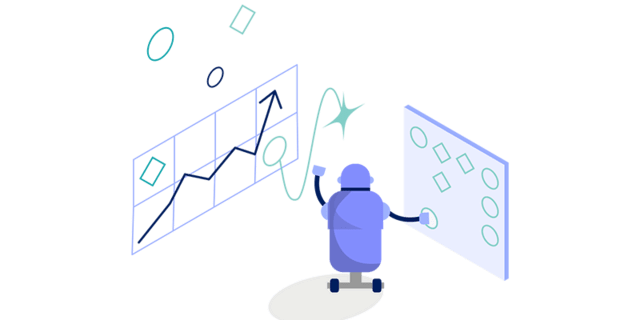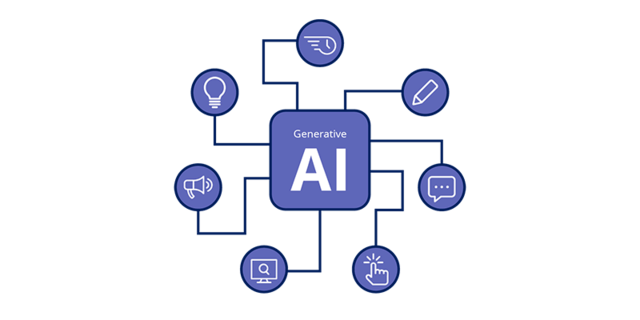Legacy transformation
Unlocking agility and innovation for future growth
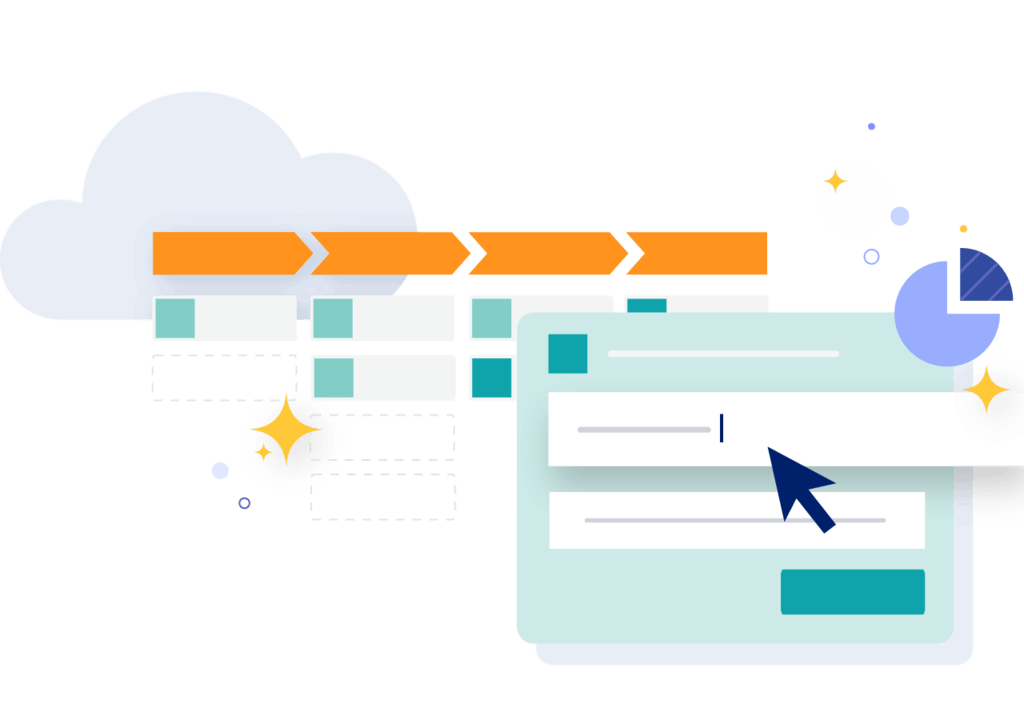
What is legacy transformation?
Legacy transformation is the strategic process of replacing outdated, inefficient technology with modern, cloud-based systems. Organizations undertake this transition to lower maintenance costs, enhance system performance, and free up IT resources for more value-driven initiatives. By modernizing legacy infrastructure, businesses can improve both customer and employee experiences, gain deeper insights through advanced data analytics, and foster innovation.
Why is legacy transformation important?
Legacy transformation has become increasingly critical for organizations across all industries. As technology rapidly evolves, legacy systems – often decades old –become significant barriers to innovation and growth. These outdated systems were designed for a different era of business requirements and technological capabilities, making them ill-suited for today's digital landscape. This is where legacy transformation becomes essential, enabling organizations to replace outdated systems with modern, scalable solutions that drive efficiency, agility, and long-term success.
Benefits of legacy transformation
- Cost reduction: Retiring old legacy systems quickly and completely lowers ongoing maintenance costs and unlocks IT bandwidth for more strategic initiatives.
- Enhanced agility: Modern, cloud-native platforms enable faster adaptation to market changes and customer needs.
- Improved user experiences: Modernized systems deliver better user experiences through intuitive interfaces, faster processing, and omni-channel capabilities.
- Regulatory compliance: Updated systems make it easier to comply with evolving regulations and standards, reducing legal and compliance risks.

How does legacy transformation work?
Legacy transformation works by systematically addressing the outdated components of an organization's IT ecosystem and integrating innovative solutions that align with modern technological paradigms. This involves migrating legacy applications and systems to a more flexible, scalable cloud environment – not only enhancing the systems' efficiency but also significantly reducing operational costs.

Drive modernization forward with Pega's AI-powered legacy transformation
What’s the difference between legacy modernization and legacy transformation?

Key considerations for legacy transformation
Legacy transformation is a multifaceted undertaking, and several key considerations can significantly impact the success of a program:
- IT assessment: Conduct a thorough assessment of the current IT landscape to identify critical systems and those that can be phased out with minimal disruption.
- Create a roadmap: Develop a roadmap with timelines, milestones, and resource allocations to guide the process.
- Business alignment: Engaging stakeholders from different departments aligns them on transformation goals and offers insights on transition implications.
- Employee training: Investing in employee training empowers staff to effectively use new systems and maximizes the value of modernized infrastructure.
Potential challenges (and solutions) with legacy transformation
Challenge: Integration issues
Legacy systems may lack the architecture to integrate smoothly with modern technologies like cloud services and APIs
Solution: Prioritize interoperability and adopt flexible, scalable solutions that can adapt to evolving business needs
Challenge: Data migration complexities
Moving data from legacy systems to modern platforms can be complex – with risks of data loss, corruption, or misinterpretation
Solution: Migrate data in smaller, manageable batches to avoid risks
Challenge: Resistance to change
Employees and stakeholders may resist transformation efforts due to concerns about disruption, job security, or unfamiliarity with new technologies
Solution: AI-powered tools like Pega GenAI Coach™ can guide employees through workflows, helping them adapt to new systems and processes
The role of AI in legacy transformation
AI serves as a powerful catalyst in legacy transformation, revolutionizing how organizations approach modernization in several key ways:
- Accelerating the discovery and analysis phase: AI-powered tools, such as Pega GenAI Blueprint™, identify business logic embedded in legacy applications and uncover core functionality that needs to be preserved, significantly reducing the time required for initial assessment.
- Enhancing workflow design: Rather than simply replicating old processes, AI helps organizations reimagine workflows for improved efficiency.
- Streamlining implementation and migration: AI facilitates data migration from legacy systems to cloud environments by mapping old structures, objects, and fields onto new frameworks, which reduces errors and accelerates the transition process.
